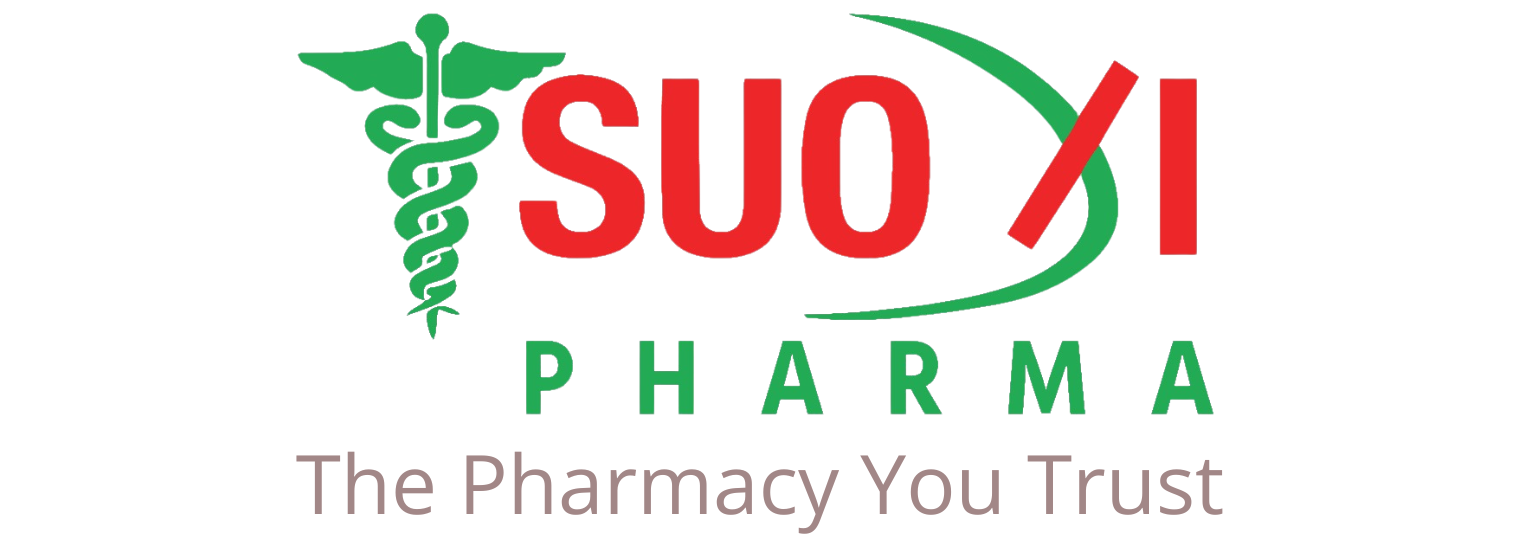Eromycin DS 500 mg
Description
Indications
Eromycin DS is highly effective in treating a broad spectrum of clinical infections, including:
- Upper respiratory tract infections: Tonsillitis, peritonsillar abscess, pharyngitis, laryngitis, sinusitis, and secondary infections in colds and influenza.
- Lower respiratory tract infections: Tracheitis, acute and chronic bronchitis.
- Ear infections: Otitis media, otitis externa, and mastoiditis.
- Eye infections: Blepharitis and established trachoma.
- Skin and soft tissue infections: Boils, carbuncles, impetigo, abscesses, pustular acne, paronychia, cellulitis, and erysipelas.
- Gastrointestinal tract infections: Cholecystitis and staphylococcal enterocolitis.
- Prophylaxis: Used pre- and post-operatively, as well as for trauma, burns, and rheumatic fever prevention.
- Other infections: Osteomyelitis, diphtheria, scarlet fever, and whooping cough.
Use only as prescribed by a registered physician.
Description Eromycin DS belongs to the macrolide class of antibiotics and works by inhibiting bacterial protein synthesis, exerting either a bacteriostatic or bactericidal effect depending on the pathogen. It is particularly effective against penicillinase-producing staphylococci. The following microorganisms are susceptible to Eromycin DS:
- Gram-positive bacteria: Cocci and bacilli.
- Gram-negative bacteria: Neisseria catarrhalis, N. meningitidis, N. gonorrhoeae, Haemophilus influenzae, Bordetella pertussis.
- Other microorganisms: Mycoplasma pneumoniae, Legionella pneumophila, Bacteroides fragilis, B. oralis, B. melaninogenicus, Fusobacterium, Chlamydia trachomatis, and Treponema pallidum.
Pharmacology Erythromycin functions by inhibiting protein synthesis in susceptible bacteria by preventing translocation within the bacterial ribosome. It selectively binds to the 50S ribosomal subunit, affecting bacterial protein formation without interfering with mammalian ribosomes.
- Absorption: Erythromycin base is acid-sensitive and is therefore administered in stable ester forms. The presence of food may reduce absorption. The stearate form is hydrolyzed in the intestine, allowing for better absorption.
- Blood Concentration: After an oral dose of 500 mg, peak serum levels range from 0.9 to 1.8 mg/ml within 1 to 4 hours.
- Half-life: Typically 1.2 to 4 hours, extending to about 5 hours in patients with impaired kidney function.
- Distribution: Erythromycin is widely distributed in body tissues and fluids, with retention in the liver and spleen. It crosses the placenta and is excreted in breast milk.
- Excretion: Approximately 5-15% is excreted in urine, while large amounts of the active drug are eliminated in bile.
Dosage & Administration
- Adults & Children over 8 years: 250-500 mg every six hours for mild to moderate infections. In severe cases, dosage may be increased to 4 g or more daily.
- Elderly: No special dosage adjustments required. Can be administered two or three times daily depending on clinical need.
- Children (2 to 8 years): 250 mg every six hours or 30-50 mg/kg body weight per day, divided into four doses.
- Infants & Children under 2 years: 500 mg daily in divided doses or 30-50 mg/kg body weight in divided doses.
Use only as prescribed by a registered physician.
Drug Interactions Recent studies suggest that high doses of Eromycin DS in patients also taking theophylline may lead to elevated serum theophylline levels, increasing the risk of toxicity. Dose adjustments may be necessary.
Contraindications
- Hypersensitivity to erythromycin or any component of the formulation.
Side Effects
- Mild allergic reactions, although rare cases of anaphylaxis have been reported.
- Gastrointestinal discomfort, including nausea, vomiting, and abdominal pain, which usually subsides without the need for dose reduction.
Pregnancy & Lactation Clinical studies have not shown teratogenic or toxic effects in humans. However, caution is advised when prescribing to pregnant or breastfeeding women, as erythromycin crosses the placenta and is excreted in breast milk.
Precautions & Warnings
- Eromycin DS should be used with caution in patients with liver dysfunction, as it is primarily excreted in bile.
Overdose Effects In case of overdose, discontinue the drug immediately. Management should include eliminating unabsorbed medication and implementing supportive measures. Eromycin DS is not removed through peritoneal or hemodialysis.
Therapeutic Class
- Anti-diarrheal antimicrobial agents
- Macrolide antibiotics
Reconstitution Instructions To prepare the suspension:
- Shake the bottle to loosen the powder.
- Add 60 ml or 100 ml of boiled, cooled water in two portions.
- Shake well after each addition to ensure complete dissolution.
- Shake the suspension well before each use.
- Keep the bottle tightly closed and store in a cool, dry place (preferably refrigerated).
- Discard any unused portion after 7 days.
Storage Conditions
- Store below 25°C, away from light and moisture.
- Keep out of reach of children.
















Reviews
There are no reviews yet.